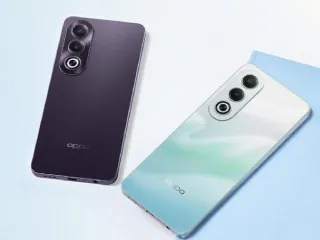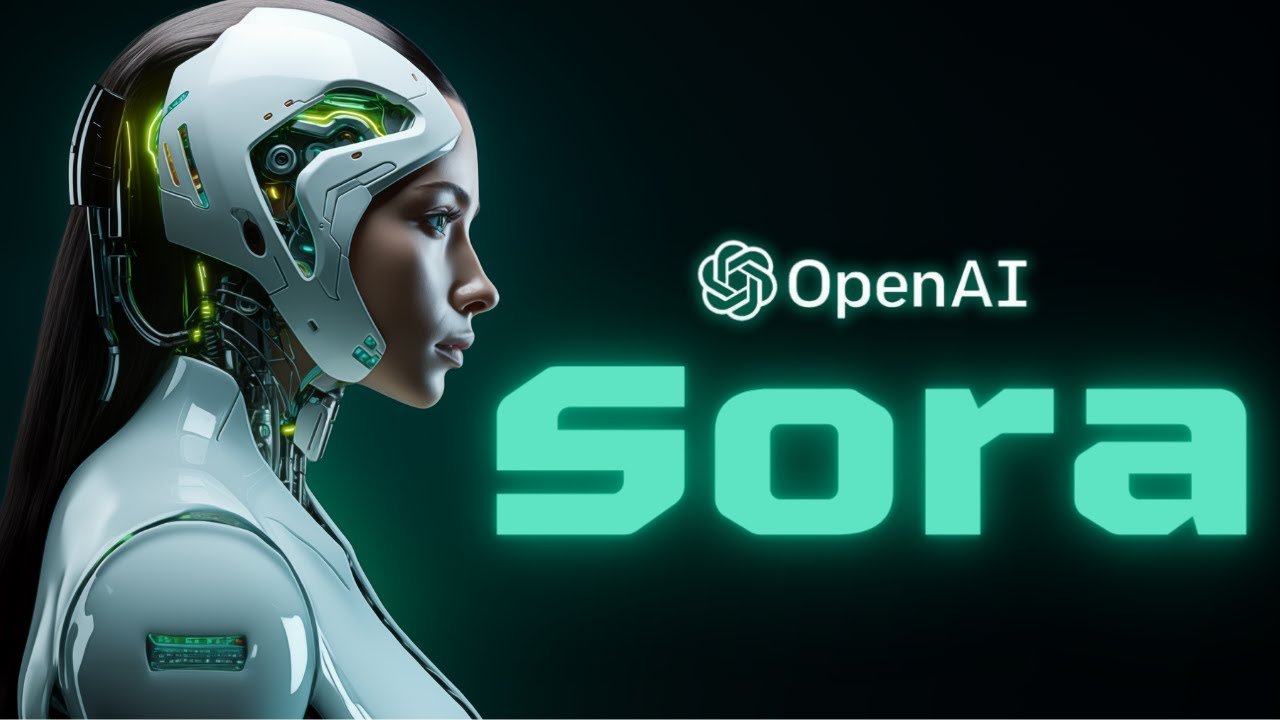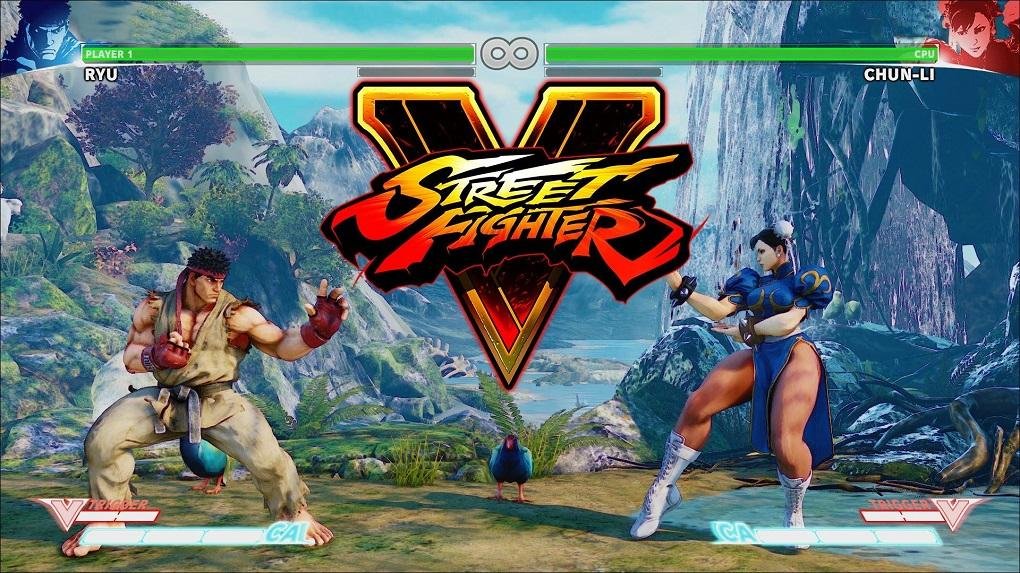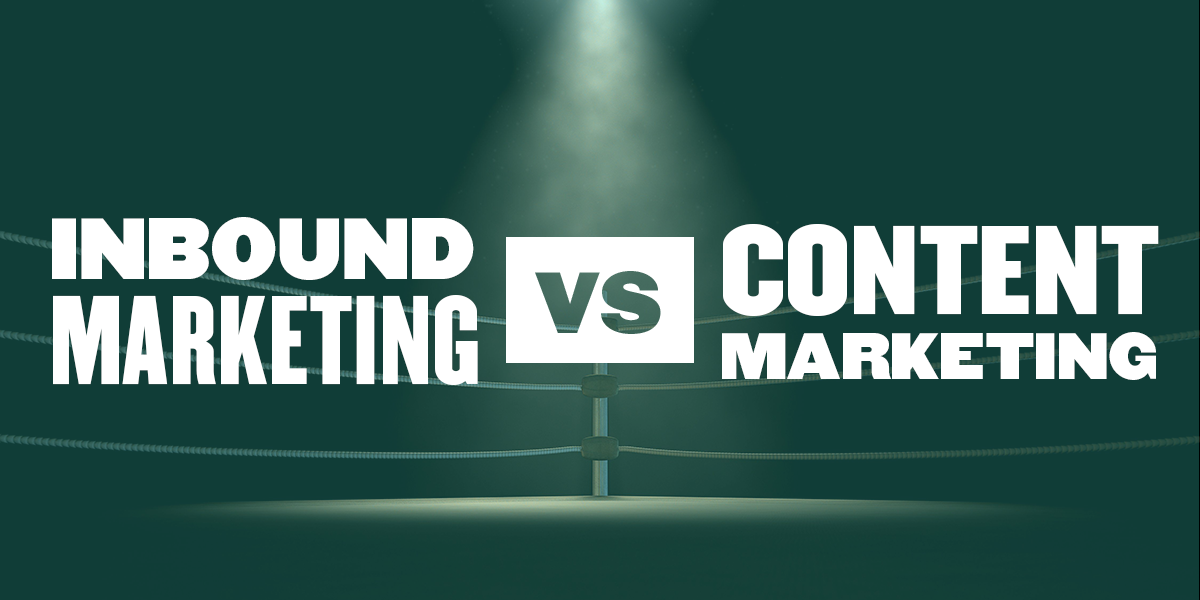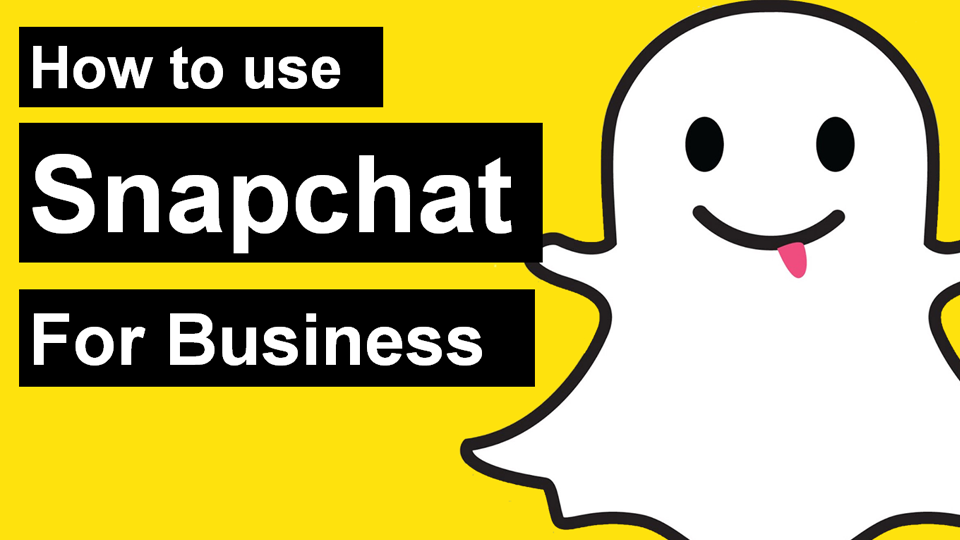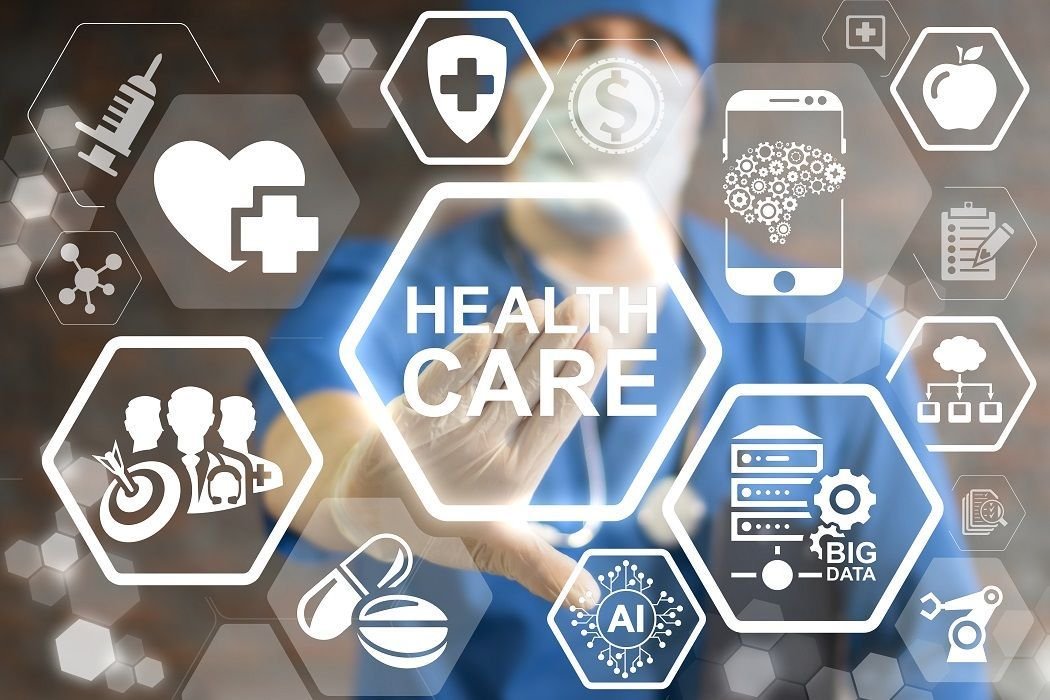The “Internet of Things” Revolution and its Impact on Digital Marketing

Like Augmented Reality or Big Data, the Internet of Things is one of those “tech-y” terms that are trendy, but sometimes it can be difficult to synthesize it and understand exactly what it is.
Everyone seems to be talking about the topic and how the world as we understand it is changing.
But sometimes it can be difficult to comprehend something of such incredible impact on our daily lives.
Until now, the internet of people has been the one that has predominated the most in our lives.
What we already know about the internet is how to use it to find love and to connect people around the world, including how to use it on our devices.
But how can we use the Internet of Things?
This is the next revolution (which is already taking place), which focuses on connecting things, hence its name.
So welcome to the era when the internet is everywhere and in all the objects around us.
What exactly is the Internet of Things?
In simple terms, the Internet of Things is essentially the interconnection of all devices with each other.
This interrelationship between different objects offers us very powerful feedback and information that allows marketers to know the ideal way for users to behave.
The devices of our daily lives, such as cars, traffic lights, bridges, lights, and refrigerators, will be transformed into “smart” objects.
As Jason Silva explained in his impressive video on the IoT (Internet of Things), sensors are being introduced and implemented in everything we know, which record and record information on consumer behavior.
The goal is for our devices to learn what we need, and to do so without even telling you, and to communicate with each other to offer information and instructions.
There will be sensors built into the concrete of the streets, which will be able to interpret the weather, whether the streets are icy, or even the amount of traffic.
They will communicate with the traffic lights dynamically, adapting to the amount of traffic at that time, which in turn will communicate with the GPS of our car to suggest the fastest route, based on real-time traffic information.
Or they will cause our car to brake at a red light if we have not done so.
Another example… Imagine you have a fitness tracker that tracks your sleep cycles while you’re sleeping.
Over time, it will know when you would like to get up, and it monitors the depth at which you are sleeping to find the ideal time to wake up, with the least disturbance to your sleep cycle.
In addition, the bracelet automatically tells your smartphone to sound the alarm, in addition to raising your blinds and turning on the lights progressively.
Your coffee maker turns on and maybe even starts playing your favorite song in the morning.
This is the connection and communication that the Internet of Things represents.
Andy Clark said that all human beings have perfected the art of adapting our minds and abilities to the tools we have at our disposal, but what happens when those same tools begin to adapt themselves to us?
It seems that many of our current limitations will soon be a thing of the past.
How will the Internet of Things affect Digital Marketing?
The question is rather to what extent it will affect us, because affecting us has already done so.
Considering that marketing is more or less like a living being, moving and adapting to the needs and habits of consumers, it seems logical that something as revolutionary for consumers as IoT will be just as revolutionary for advertisers.
Digital Marketing creates a direct and intimate connection with users.
This can be achieved by obtaining as much information about them as possible.
An almost infinite number of sensors placed in everything we do will translate into an infinitely larger pool of Big Data at our disposal.
By transforming this raw data into information, we can use this knowledge to get to know better understand what our customers better, make the products they really want, and meet their needs.
And deliver the right products to the right people at the right time, with unprecedented precision.
Connecting all these devices to the global network gives advertisers more ways to connect with their consumers, addressing them in a truly personalized way.
Now, the amount of information on the Internet is already overwhelming and still growing.
If random mass ads are already a thing of the past due to the rise of AdBlockers, they will soon fall completely into oblivion.
Users’ patience for obtaining information that does not interest them will drop to sub-zero temperatures, and SEO will become more and more important.
Automatic decisions made with machines will make our day-to-day tasks and decisions happen at breakneck speed, and advertisers will have to keep up.
In this way, the importance of programmatic advertising and the use of Artificial Intelligence in advertising to be able to make decisions at an equally fast speed will be magnified.
The need for an intense, emotional, and personal connection between consumer and advertiser will be more important than ever, and incredible and inspiring content will become the very core of marketing in today’s world.
So, marketers, don’t forget to keep the Internet of Things in mind in the coming years and the impact it will have on our online marketing strategies and campaigns.


